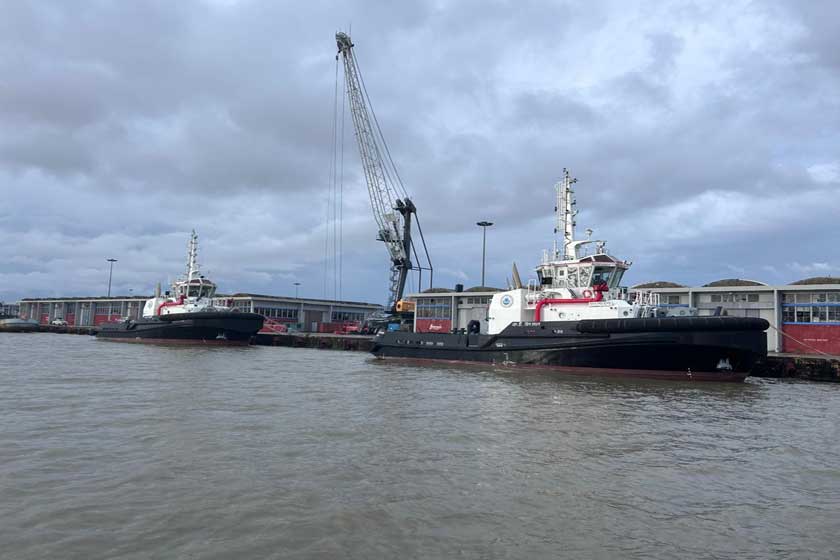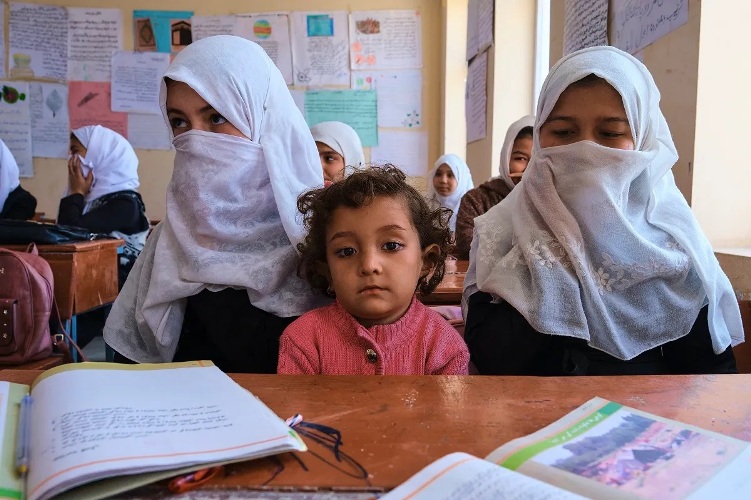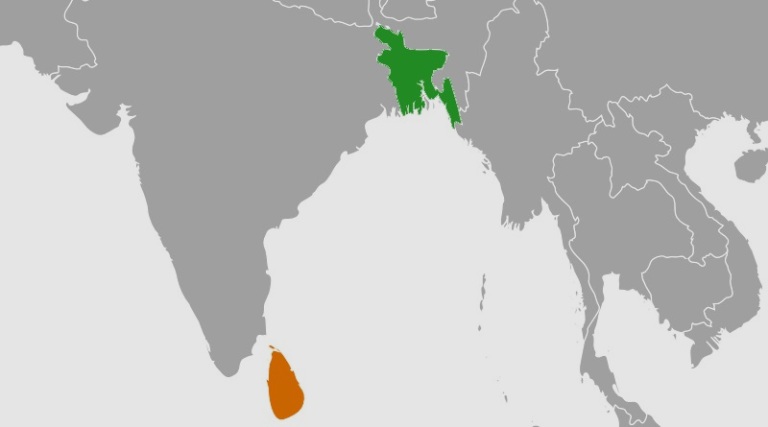
IQAir’s global air quality data platform in its World Air Quality Report 2020 says that the air quality of Bangladesh was the worst while Dhaka was the second most air polluted city in 2020. COURTESY
Dhaka has recently topped the list of 100 major cities in terms of air pollution, keeping to an Air Visual report, which is worrying. The report says that the air in the capital of Bangladesh had been very unhealthy for several days and nights. Lahore in Pakistan ranks the second, Kolkata in India the third and Delhi in India the fourth.
IQAir’s global air quality data platform in its World Air Quality Report 2020 says that the air quality of Bangladesh was the worst while Dhaka was the second most air polluted city in 2020. South Asia remained the most polluted region of the world with Bangladesh, India and Pakistan sharing 42 of the 50 most polluted cities worldwide. Experts say that Bangladesh has topped the worst polluted countries since 2018 and the ranking at hand shows that the situation has not at all.
IQAir researchers have analysed the pollution data from 106 countries, specifically measuring PM 2.5, which can cause serious health risks. The report also says the average annual PM 2.5 concentration in Bangladesh was 77.1 micrograms per cubic metre, which is seven times more than the WHO’s exposure recommendation. An estimated 13–22 percent of death in this region is linked to health effects of air pollution exposure, with associated estimated costs equating to 7.4 per cent of the region’s gross domestic product.
In 2020, all Indian cities that were monitored marked improvement in air quality in comparison with 2018 while 63 per cent saw an improvement over the 2019 state. The report says that with the annual average PM 2.5 concentration of 77.1 micrograms per cubic metre, Dhaka ranked the second most polluted capital city while Delhi with an average annual PM 2.5 concentration of 84.1 micrograms per cubic metre topped the list. The report says that only 24 out of 106 monitored countries met the World Health Organisation annual guidelines for PM 2.5 in 2020.
The US-based Health Effects Institute and Institute for Health Metrics and Evaluation says that in the same year, South Asia was the most polluted region in terms of air quality. The situation is especially dire in Bangladesh, with air pollution causing 1.73 lakh death that year, and with the entire population living in areas where the air quality is not considered safe at all. The report also says that air pollution has become the second leading health risk factor after high blood pressure in Bangladesh and that life expectancy would have seen the highest expected gain of nearly 1.3 years if the air pollution level had followed the WHO guidelines.
A major cause for Dhaka to dominate the list of most polluted cities is the rise in commercial and construction activities in recent years. The two major sources of air pollutants come from industrial and vehicular emissions. The vicinity of Dhaka has around 2,295 brick kilns which emit fine particles into the air. Sharing the blame for air pollution, the ongoing metro rail project has led to traffic congestions in significant parts of the city.
Apart from that, smoking, the burning of fossil fuels in air conditioners, coal-fired power plants and outdoor burning, the burning of municipal and agricultural wastes, nitrogen oxide emissions render the air quality of the metropolis ‘unhealthy.’
An exposure to high levels of air pollution can cause a variety of adverse health outcomes. It increases the risk of respiratory infection, heart diseases and lung cancer. Both short- and long-term exposures to air pollutants have been associated with health impact. A more severe impact affects people who are already ill. Children, the elderly and the poor are more susceptible. The most harmful pollutants, closely associated with excessive premature mortality, are fine PM2.5 particles that penetrate deep into the lung.
The High Court ordered the authorities concerned on November 26, 2019 to shut down all illegal brick kilns in Dhaka and its surroundings to reduce air pollution in the capital. The court also ordered the government to form a committee to identify the causes of air pollution and formulate a guideline for reducing it in capital Dhaka and instructed the environment department to conduct mobile court twice a week to take legal action against quartes responsible for air pollution in the capital.
A recent research report of Transparency International Bangladesh shows that the environment department is mired in corruption. Environmental clearance and renewal are big areas of corruption. Besides, officials and employees of the department have collusion with the owners of polluting organisations. In this case, 66 per cent of the industries have to pay extra money outside the rules for environmental clearance. The amount money varies from Tk 36,000 to Tk 109,000. Although there is no legal provision for setting up factories in residential areas, 72 of the factories surveyed are located in residential areas.
The study has also found that the submission of environmental management plan is mandatory for Orange-B and Red Class factories during environmental clearance. But 57 per cent of the factories have got environmental clearance without a management plan. All the factories have to submit the no-objection certificate of the local authority for clearance from the environment department. But 17 per cent of the factories have received clearance without such certificates. The study shows that corruption in the department has been institutionalised because of irregularities and corruption of a large number of employees and large number of irregular financial transactions and lack of effective measures to prevent them. Although there should be one or more environmental courts in each district, there are only three environmental courts in the whole country. There is no people against in 59 per cent of the approved positions in the department. The department has no list of industries that pollute the environment.
A World Bank and the environment department report on air pollution in Dhaka says the number one reason of air pollution is brick kilns and a Norwegian specialist also says in a study that 52 per cent of the air pollution in Dhaka is caused by brick kilns. We have a serious apathy towards environmental laws and a proper awareness. We have also a negative attitude to clean roads and pollution-free river.
While we go abroad, we obey the laws of foreign country, but we show serious negligence to environmental factors at home. We put out the dust in open thoroughfares, discharge industrial toxic water into the river, destroy forests without any reason and pile up structure on empty land without any proper approval.
Nine out of every 10 people breathe unclean air globally, as the United Nations says, and air pollution causes an estimated seven million premature death every year, predominantly in low- and middle-income countries. Air pollution contributes to heart diseases, strokes, lung cancer and other respiratory diseases. It also threatens the economy, food security and the environment. Air pollution is considered a silent killer. As we recover from the Covid pandemic, the world needs to pay far greater attention to air pollution, which also increases the risks associated with Covid-19. So, limiting global warming to 1.5 degrees will also help to reduce air pollution, death and disease.
Transparency International Bangladesh says that because of legal weaknesses, the environment department cannot discharge its responsibilities properly. But it hardly uses the legal capacity that it already has. The institution is mired in corruption for lack of proper governance. Because of corruption of the department, industries have sprung up in residential areas. Moreover, the department has failed to play its fundamental role in controlling environmental pollution. The agency needs to be streamlined and the people involved in corruption and irregularities need to be identified and held accountable.
Although the government has taken several steps to improve air quality, the measures do not seem to be adequate and sustainable. Air pollution is not just an environmental problem. Itt is a major source of public health woes and in this stage, the authorities should consider immediate action.
* Md Zillur Rahaman, a banker, is a freelance columnist












0 Comments